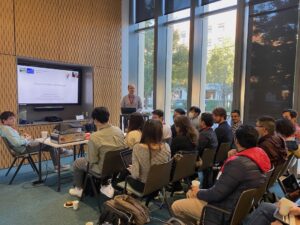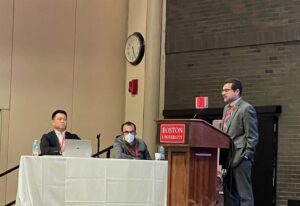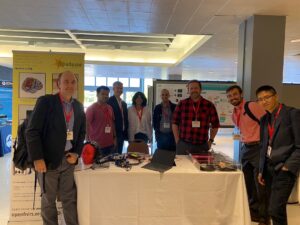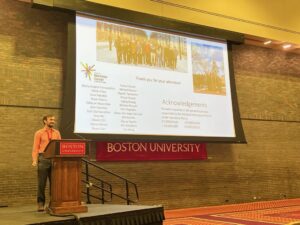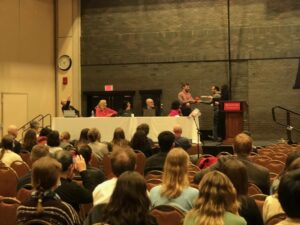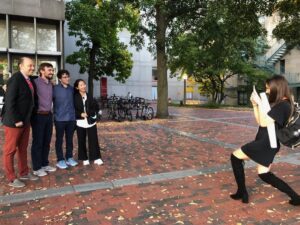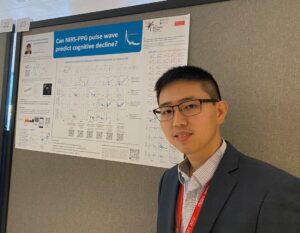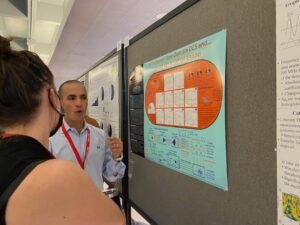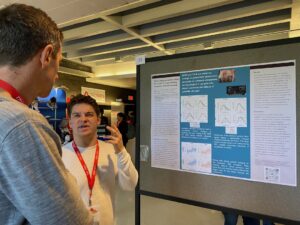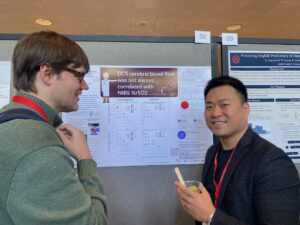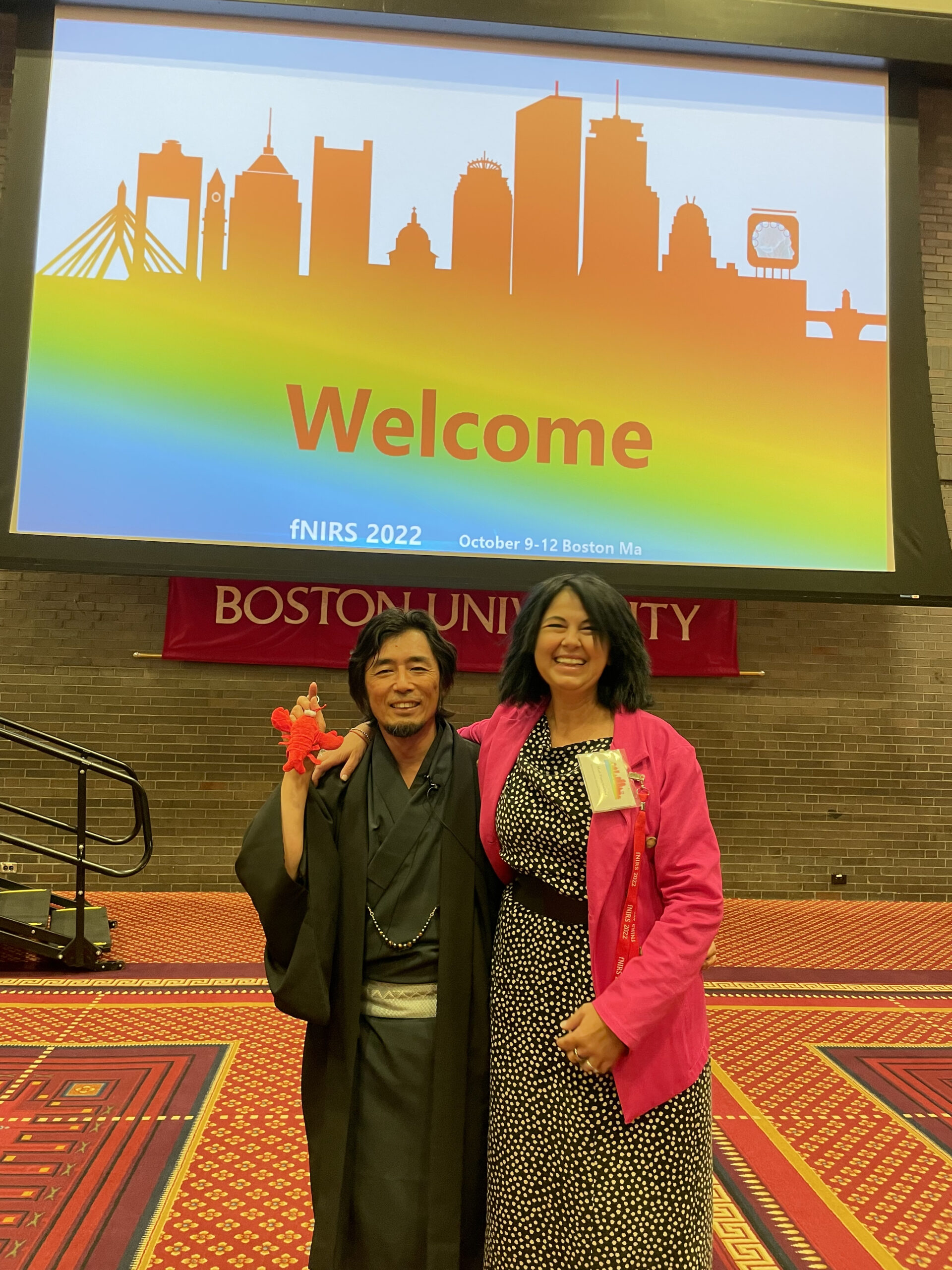
The fNIRS 2022 Biennial Conference that took place in Boston this past October was a huge success, with almost 500 registrants (400 of whom attended in-person) and over 300 abstract submissions! Thank you to our conference chairs: Maria Angela Franceschini (president of the fNIRS Society), Ippeita Dan, Sabrina Brigadoi, and Meryem Yucel for making the conference possible. A special thank you to the Martinos Center’s, Mari Franceschini and Stacey Ladieu, for going above and beyond to make the conference the success that it was.
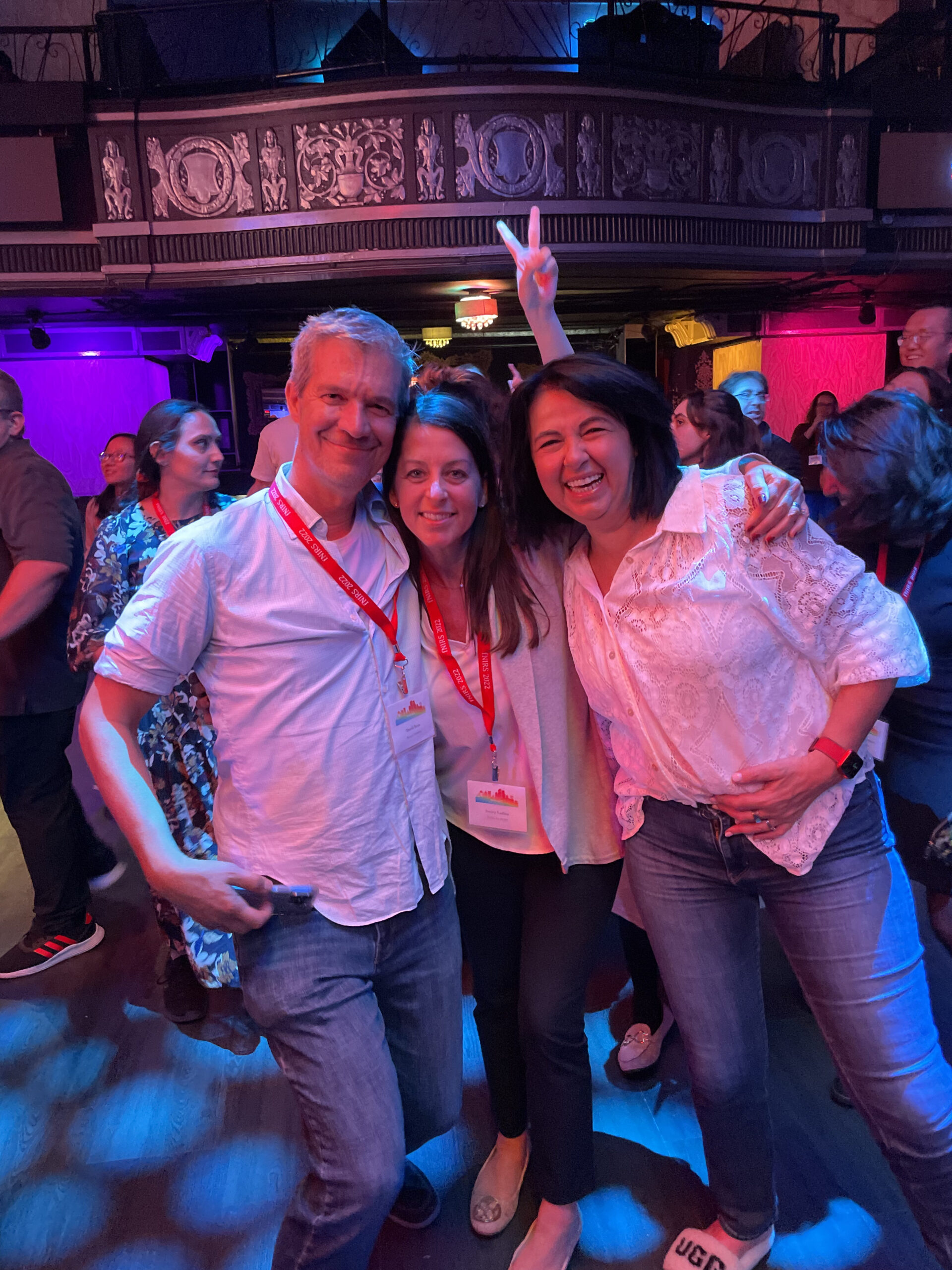
The Hybrid conference was incredibly inclusive, providing options for both virtual and in-person attendees. Virtual conference goers attended 5 days of virtual poster sessions on Gathertown, 3 poster Blitz sessions, and a special virtual oral session. In-person conference attendees had the option to attend two days of Educational mini-courses (with the goal of strengthening the technical foundations of fNIRS studies), a keynote talk by Joy Hirsch, eight invited talks introducing each oral session, and a special guest talk for further activation of the field. Lastly, conference attendees had the option to attend a social event that included live music, catered food, and drinks. We look forward to the next biennial Society for fNIRS Conference in Birmingham, England in 2024!
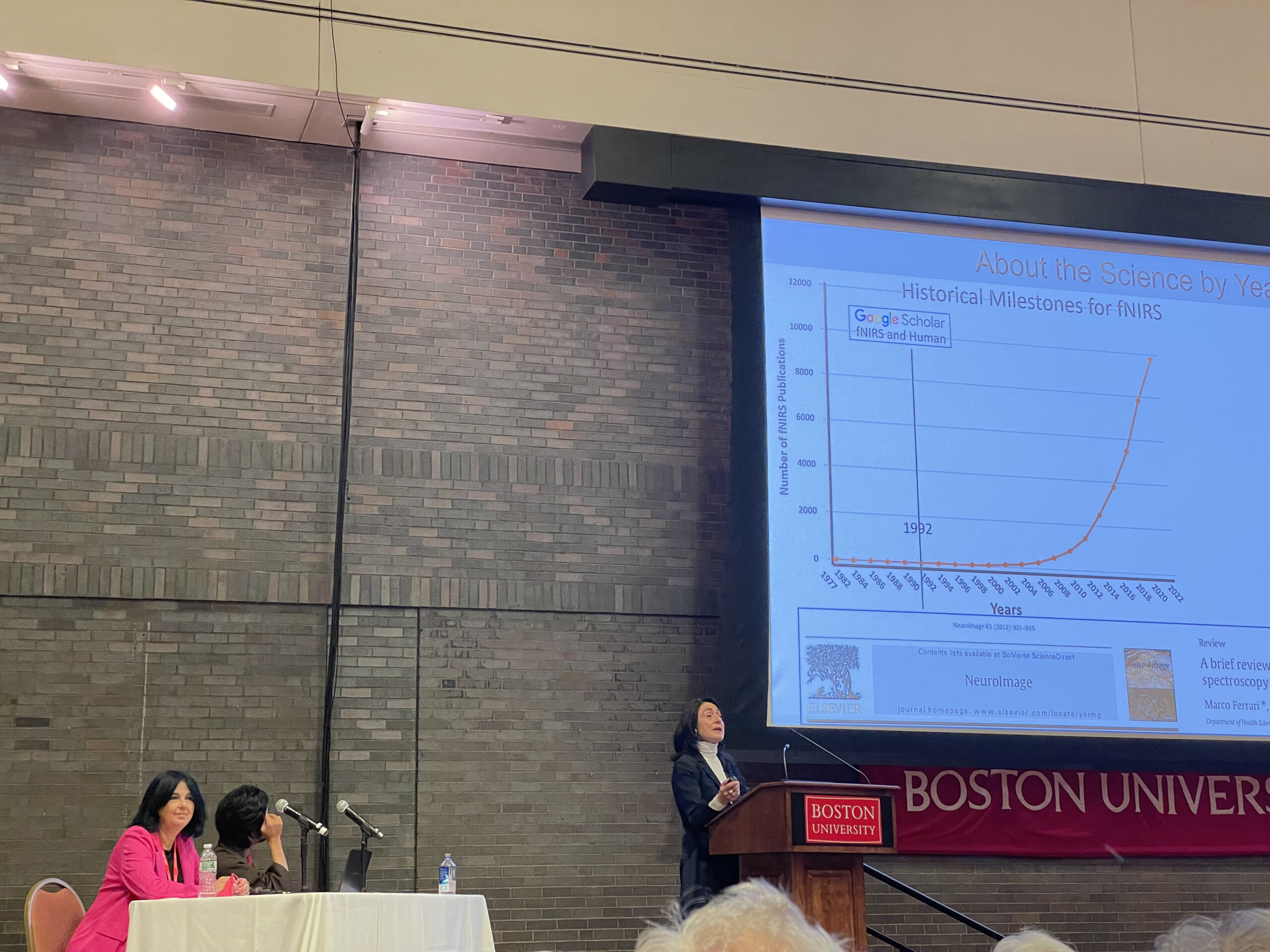
Photos from the Social Event:
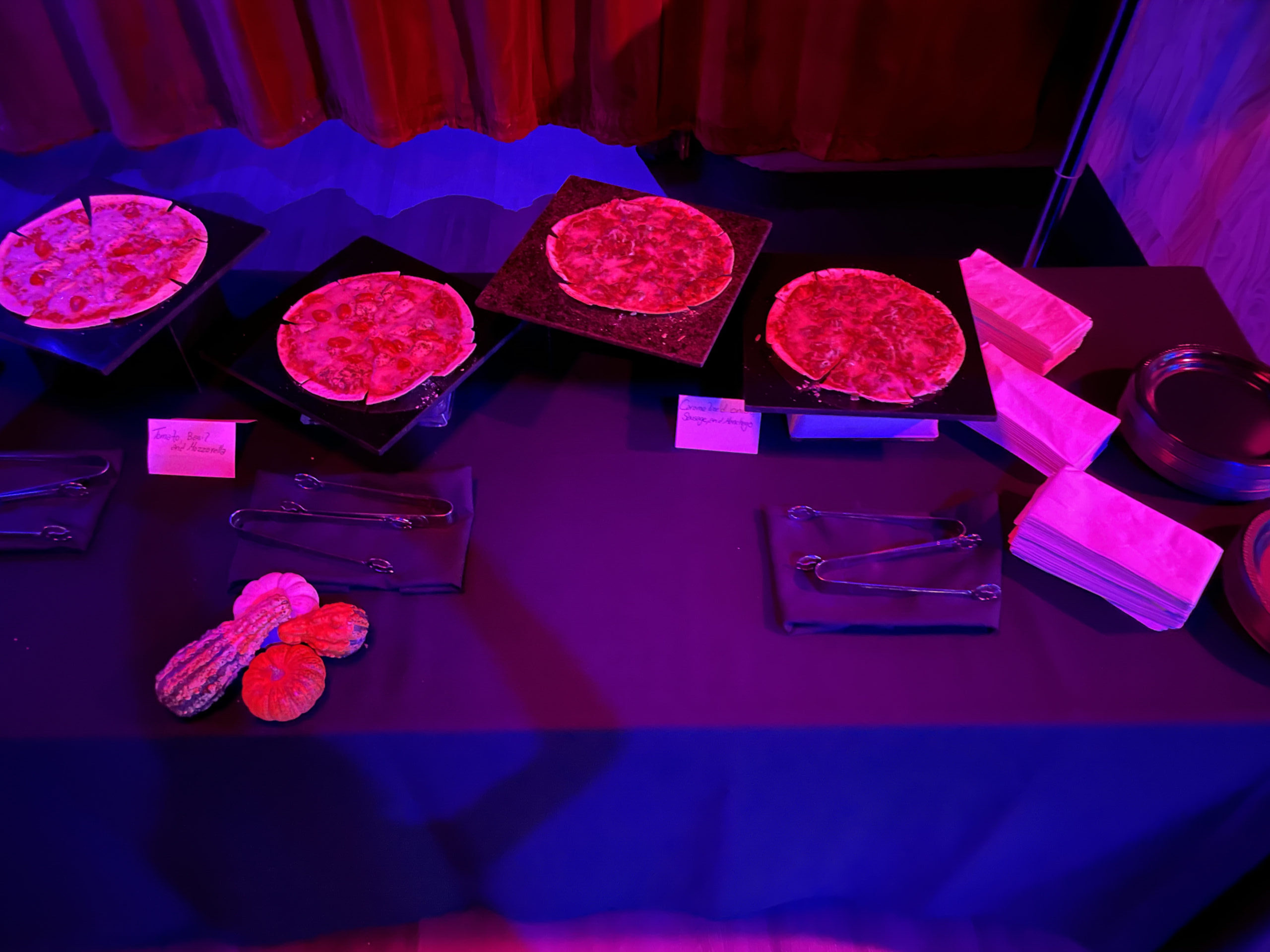



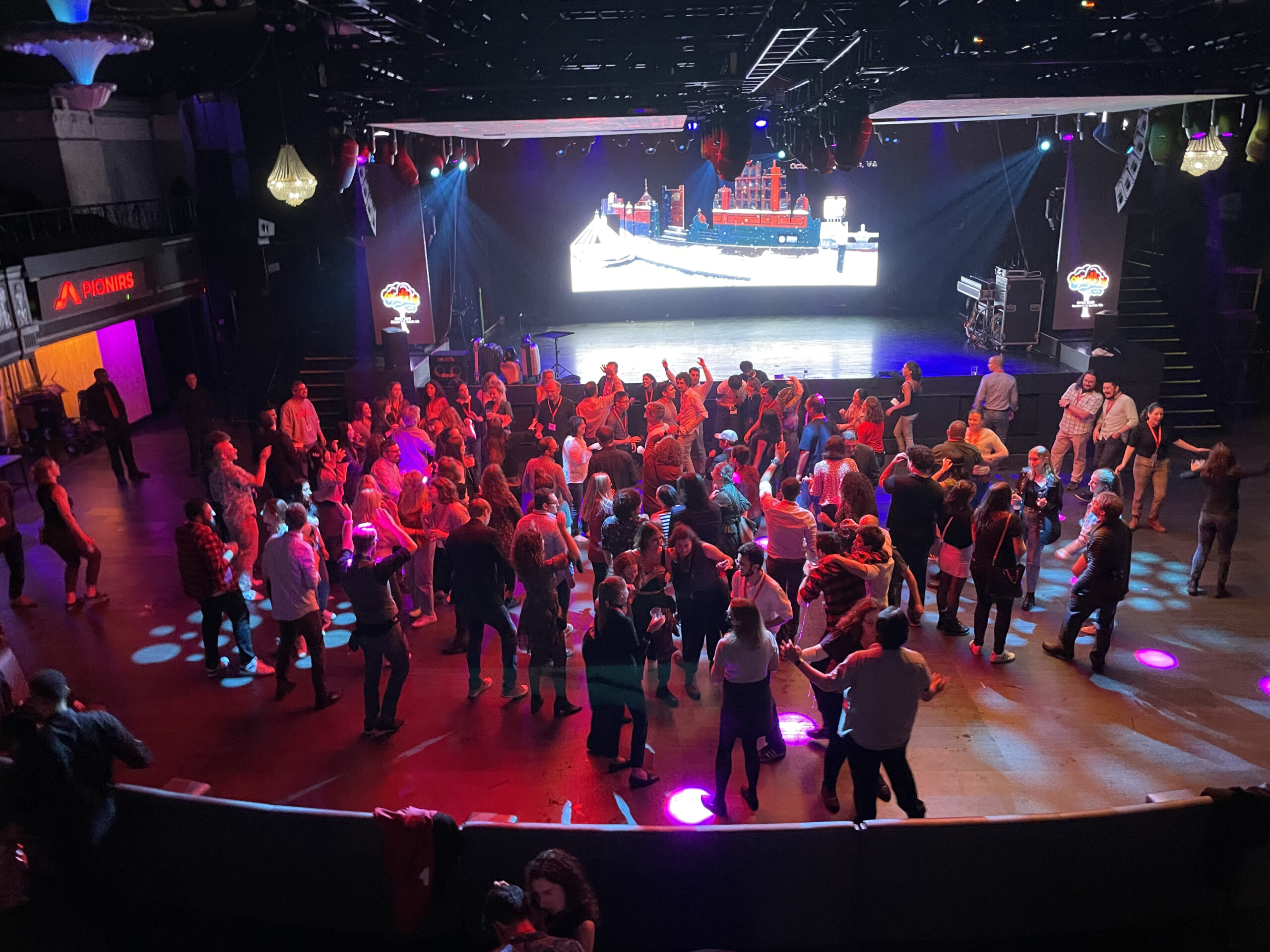
Internal Abstract submissions:
- Early Cerebral Oxygen Saturation and Brain Injury in Extremely Preterm Infants, Mohamed El-Dib (OS3_02_190)
- Long wavelength interferometric diffuse correlation spectroscopy for high SNR measurements of cerebral blood flow, Mitchell Robinson (OS7_04_198), Presentation excellence award winner
- fNIRS Assessment of the Differential Response to Speech and Noise Stimuli in Healthy Adults, Stefan A. Carp (PS1_06_374)
- Comparing Brain Perfusion Sensitivity between Diffuse Correlation Spectroscopy and Speckle Contrast Optical Spectroscopy, Stefan A. Carp (PS3_88_373)
- A 256-Channel SPAD Detector for Time-Gated fNIRS and DCS, Tom Cheng (PS1_08_20)
- An objective classification of hemodynamically significant patent ductus arteriosus in extremely low gestational age infants based on Echocardiographic data and continuous NIRS monitoring, Alyssa Martin (PS3_87_372)
- Multi-wavelength Multi-distance Diffuse Correlation Spectroscopy System for assessment of premature infants cerebral hemodynamics, Nikola Otic (PS1_73_131)
- Multistate Time-Multiplexed System for Functional Time-Domain Diffuse Correlation Spectroscopy with SNSPDs, Marco Renna (PS3_31_290)
- Cross-correlation of cerebral blood flow and oxygenation measured non-invasively in extremely premature infants, John Sunwoo (PS3_58_326)
- High temporal resolution NIRS and DCS measurements at 3 cm separation, Kuan-Cheng Wu (PS2_86_271)
- NIRS-PPG to assess cerebral vasculature health, Kuan-Cheng Wu (PS3_23_276)
- Measuring pulsatile blood flow and volume during carotid endarterectomy, Alexander Isaac Zavriyev (PS3_33_296) Poster excellence award winner
